Áteresztő réteges, kavicsgyepes parkolók és „szivacs utca” kialakítása Pestszentlőrinc-Pestszentimre kerületben
Pestszentlőrinc-Pestszentimre (XVIII. kerület) egyik projektcélja áteresztő réteges parkolók kialakítása és megvalósítása. A 4+2-es, elektromos töltőállomásokkal ellátott kavicsgyepes parkolók megtervezése lezajlott, hamarosan kezdődik a kivitelezés szakasza. A kavicsgyepes parkoló azért elektromos autókat fog kiszolgálni, mert a vízáteresztés miatt el kell kerülni az esetleges, hagyományos autókból származó olajszennyezések talajba szivárgását. A terület kiválasztását talajvizsgálatok és részletes tervezés előzték meg. A legfőbb kihívás a tervezők és különféle érdekelt felek kommunikációjának összehangolása volt.
A kavicsgyepes parkolók a hagyományos, lebetonozott parkolókhoz képest nagyobb odafigyelést igényelnek, rendszerese gazolni kell, illetve a kavicsréteget újratölteni.
A másik kerületi projekt egy lejtős utcaszakasz átalakítása földalatti szikkasztóblokkokkal, esőkertekkel, keresztirányú folyókákkal és faárokkal. Az átalakítással azt szeretné az önkormányzat bemutatni, hogy milyen sokat számít az utcák kialakítása az esővízelnyelés szempontjából. A jövőbeli demonstrációs utcaszakasz alján nagy esőzések után rendszeresen annyira meggyűlt a víz, hogy a környékbeli lakók műanyag széket kitéve jelezték az autósoknak, hogy behajthatnak-e vagy sem az utcába, anélkül, hogy a motor beázását kellene kockáztatniuk. Hogy ilyen ne fordulhasson elő, az esővíz lezúdulását már az utca tetején el kell kezdeni lassítani és enyhíteni az említett folyókával, illetve a vízelnyelű egyéb beavatkozásokkal.
Az esőkertek és szikkasztók is folyamatos odafigyelést igényelnek, az esőkertek estében a kerület reméli, hogy a helyi lakosok átvállalják azok gondozását és fenntartását. A lakossági fórumon nem vettek részt elegen, de az utcaszakasz elkészülése után alapvető fontosságú lesz a megfelelő párbeszéd kialakítása.
A kavicsgyepes parkolók és a demonstrációs utcaszakasz kialakítása 2023 végén indul el, befejezés 2024-ben várható.
Idén lezajlott az esővízgyűjtők kiosztása is a kerületben, ezek egy része mérőműszerekkel van ellátva, hozzájárulva egy pontosabb kerületi csapadéktérkép megrajzolásához.
A fentieket négy alkalmas, a csapadékkezelésben érdekelt feleket bevonó találkozó egészítette ki.
Földalatti esővízgyűjtő tartályból fogják öntözni a Klauzál-tér közeli zöldfelületeket Erzsébetvárosban (VII. ker)
Erzsébetváros Önkormányzata 2023-ban szintén osztott esővízgyűjtőket a kerületi társasházak részére, közöttük mérőműszerrel ellátottakat is. Bár volt érdeklődés, de megfigyelhető volt, hogy inkább azok a lakóközösségek igényeltek gyűjtőket (locsolás céljából), amelyek már eleve gondozták a társasházi kertet, illetve egyáltalán kialakítottak ilyet. Ez azt mutatja, hogy további szemléletformálásra van szükség illetve arra, hogy minden társasházban legyenek felelősei mind a kert kialakításának, mind az esővízgyűjtésnek. Szintén kihívást jelentett néhol az esővízgyűjtő „beüzemelése”: tehát az ereszcsatornával történő összekötés.
A másik nagy feladat itt is a demonstrációs helyszínek kialakítása volt, azok közül is a Klauzál tér átalakítása, ahol egy földalatti esővízgyűjtő tartályt fognak elhelyezni. A piac épületének tetejéről ebbe a tartályba kerül majd az esővíz, amelyet aztán a locsolókocsik a környékbeli zöldfelületek öntözésére fogják használni. Itt a lakossággal való egyeztetés kulcsfontosságú volt, hiszen egy közeli társasház alá is átnyúlik a tározó. A tele tartály összesen 2 heti locsolásra való vízmennyiséget tud majd tárolni.
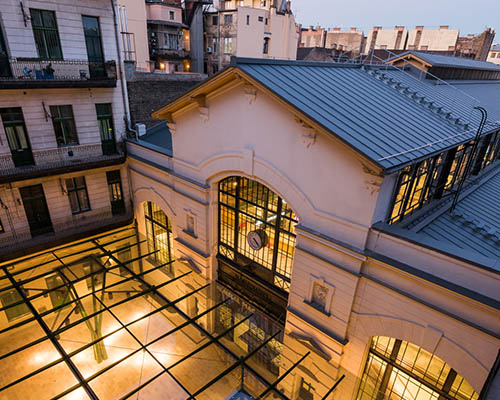
A Klauzál-téri vásárcsarnok teteje (forrás: kunyho.hu)
A Klauzál-téri beruházás mellett Erzsébetvárosban két óvoda területén várható még beruházás. Ezek egyike a Csicsergő óvoda, ahol a meglévő öntözőrendszerbe a vezetékes víz helyett (vagy szárazabb időszakokban, mellett) esővizet is szeretnének bevezetni, egy, a pincehelyiségben elhelyezett esővízgyűjtő tartályból. A másik óvoda a Magonc óvoda, ahol szintén a tetőről lefolyó esővíz összegyűjtésére terveznek tartályt, esetleg egy esőkertet. A kivitelezés 2024 tavaszától várható.
Többkörös, online munkacsoportos egyeztetésekkel találta meg a XII. kerület Hegyvidék a föld alatti esővízgyűjtő ciszternák helyszínét
A 2023-as év a Hegyvidéken a megfelelő demonstrációs helyszínek kiválasztásával és tervezésével telt. Ez számos akadályba ütközött, hiszen mint kiderült, roppant nehéz olyan helyszínt találni, amely egyrészt alkalmas beavatkozási helyszín, másrészt önkormányzati tulajdonú, megfelelő talajszerkezetű és nem fut alatta semmilyen közmű. A kritériumok sokrétűsége miatt a 2022 őszén kiválasztott 8 helyszínből egyetlen egy sem vált be, ezért 2023-ban új helyszíneket kellett kiválasztani. Ehhez online munkacsoport jött létre, mely heti rendszerességgel találkozott a lehetőségek átbeszélése céljából. A munkacsoportban helyet kapott az összes fontos érdekelt fél, úgymint a Hegyvidéki Zöld Iroda és a Városfejlesztési Iroda tagjai, illeve a kerületi építészmérnökök, tájépítészek, valamint a Trinity Enviro Kft és a BME munkatársai. Többkörös egyeztetések során lett meg a 2 új ciszternahelyszín, az egyik az Öröm utcában, a másik pedig a Diana és Gyöngyvirág út kereszteződésénél. A vizsgálatok megállapították, hogy mindkét helyen megfelelő mennyiségű vizet lehet megfogni és megtartani, míg az első helyszínt elöntések is veszélyeztetik, addig az utóbbinál a megelőzés, más, lentebbi területek védelme a lényeges. Az Öröm utcába 20, a Diana és Gyöngyvirág út kereszteződésénél 30 köbméteres ciszternát helyez el 2024-ben az önkormányzat, online követéses mérőműszerekkel ellátva. A ciszternákban összegyűlt vizet a környékbeli ágyások és méhlegelők öntözésére fogják nyaranta felhasználni a lajtoskocsik.
A ciszternahelyszínek kiválasztásán túl az esőkertek helyszínének kiválasztása volt a másik nagy kihívás, melynél szintén hosszas stratégiai tervezés szükséges, itt megint csak a már meglévő infrastruktúrához és egy főváros bonyolultságához kell alkalmazkodni, amely nem egyszerű feladat.
A kerület 2023-ban a Meteorológiai Szolgálattal közösen klímamodellezéseken dolgozott, ezenkívül workshopokat szervezett a budapesti kerületek számára, projektszintű egyeztetéseket és lakossági szemléletformálást esővízgyűjtőosztások szervezésével és a kertekben található épített tavak népszerűsítésével. 2024-ben a szemléletformálást egy vizes kiadvány is erősíti.
Úton az átfogó fővárosi csapadékstratégia felé a Fővárosi Önkormányzatnál
A Fővárosi Önkormányzat a Városi Eső projekt segítségével készíti elő az átfogó fővárosi csapadékstratégiát. Első lépésként az összes kerületnek részletes kérdőívet küldött ki az Önkormányzat a klímaadaptív csapadékvíz-gazdálkodás témakröében, majd a 21 kerület visszajelzése alapján elkészült a problématérkép.
A kérdőívet követte a mérőeszközök beszerzése, amelyekre a vizsgált területekre vonatkozó lefolyási modell elkészítéséhez, illetve pontosításához volt szükség. A beszerzett mérők elhelyezéséhez elkészült a fővárosi intézmények lapostetős listája.
A Budapest-szintű csapadékstratégia illeszkedni fog az Integrált Települési Vízgazdálkodási Terv Országos Vízügyi Főigazgatóság koordinálásával és a Magyar Mérnöki Kamara Vízgazdálkodási és Vízépítési Tagozatának közreműködésével kiadott útmutatóban foglaltakhoz.
Mivel a fővárosi területek nagy része magánterület, ezért nem csak a fizikai beruházás, de a szemléletformálás is kiemelt jelentőségű, éppen ezért a jelenleg hat részből álló Zöldinfrastruktúra füzetek sorozat újabb két kötettel bővül, ezek egyike a „Szivacsváros – Csapadékvíz-gazdálkodás fejlesztési lehetőségei a városban” címmel készül el. A kötet megírásában a Budapest Műszaki Egyetem, a Pest Megyei Mérnöki Kamara szakemberei illetve neves tájépítészek is részt vesznek. A másik kötet a Zöldtetők című kiadvány lesz, melyben a Magyar Kertépítők Országos Szövetsége segítségével az érdeklődők megismerhetik a zöldtetők felépítését és működését, típusait illetve az ide vonatkozó jogszabályi környezetet és a tervezési szempontokat.
A szennyvíztisztító telepek körzetei voltak a Klímabarát Települése Szövetsége által szervezett találkozók kiindulópontjai
A Klímabarát Települések Szövetsége 2023-ban elindította a kerületi „stakeholder” (érdekelt feleket bevonó) találkozókat, melyeket a szennyvíztisztítók területeihez igazított, méghozzá azért, mert az esővíz a csatornába folyik (kivéve ha felfogják és helyben szikkasztják), a végső befogadó pedig a szennyvíztisztítót telep. Éppen ezért a telep műszaki adottságaiból kell kiindulni, magyarul, hogy mennyi vizet tud kezelni és ehhez kell a környező kerületek beavatkozásait is igazítani. Ha nem sikerül felfogni és helyben kezelni az esővizet és túltelítődik az adott telep, akkor a szennyvízzel kevert esővíz tisztítatlanul ömlik bele a Dunába, amelynek káros környezetvédelmi és egészségügyi vonatkozásai lehetnek.
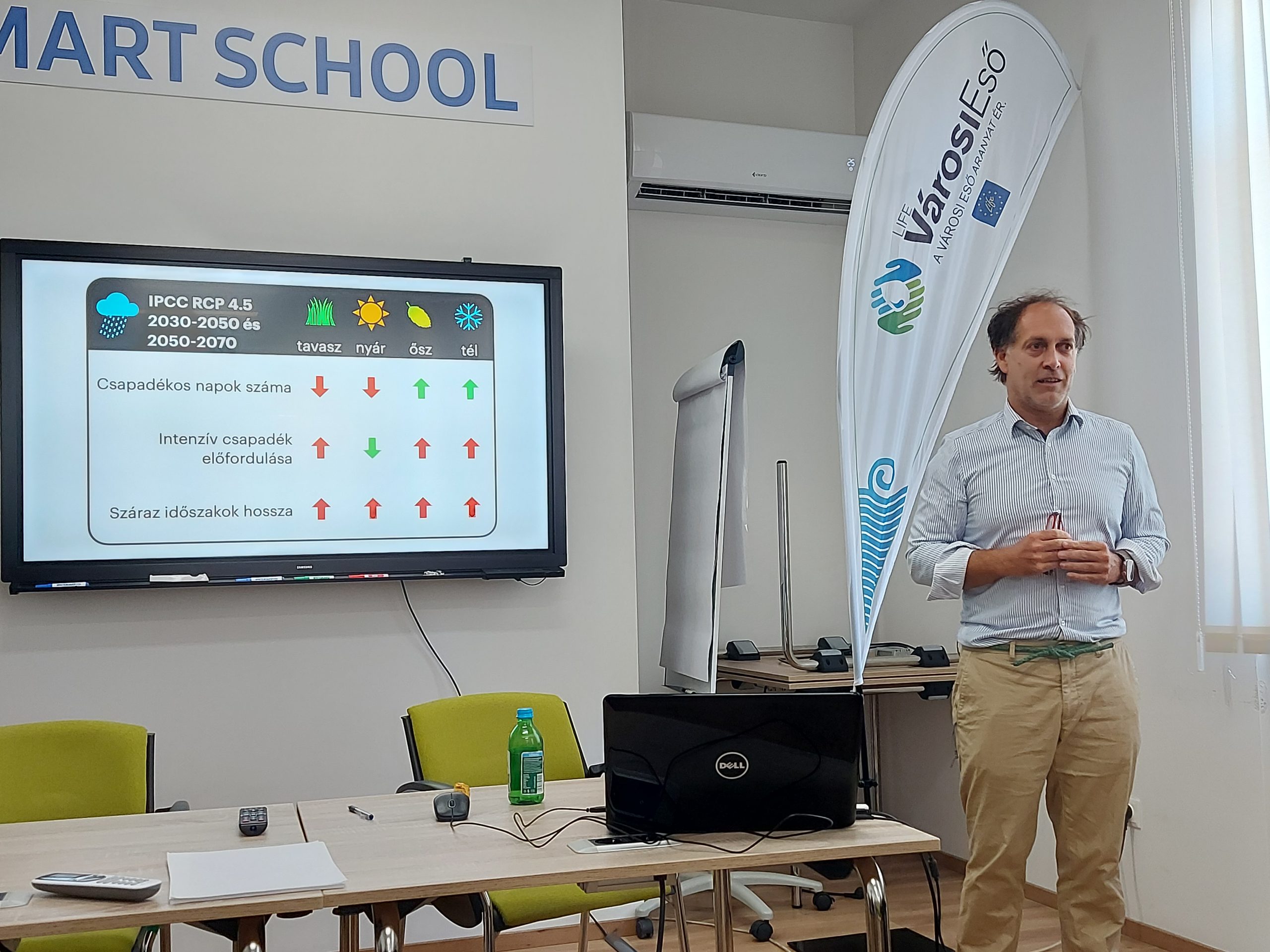
A Trinity Enviro Kft. szakértője, Fülöp Bence ad elő
A Délpesti Szennyvíztisztító területéhez kapcsolódó találkozókon a XVIII., XIX., XX., XXIII. kerület szakemberei vettek részt. Mindkét alkalom 25 fővel zajlott, sikerként könyvelhető el, hogy Soroksár polgármestere is részt vett az eseményen. A fő témák a jó gyakorlatokon túl a buktatók voltak illetve a lakossági bevonás nehézségei.
A legfőbb tanulság az volt, hogy nagyon fontos a kerületeken túlnyúló párbeszéd és együttműködés, és több hasonló fórumra van szükség.
A Budapesti központi szennyvíztisztító köré szervezett események illetve a budai és Észak-pesti kerületek 2024 tavaszán kerülnek sorra, ezek után az országos szintű rendezvények következnek.


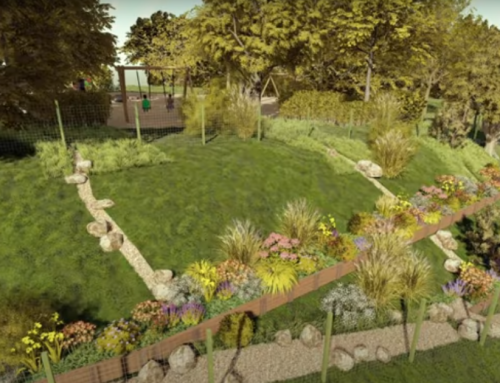

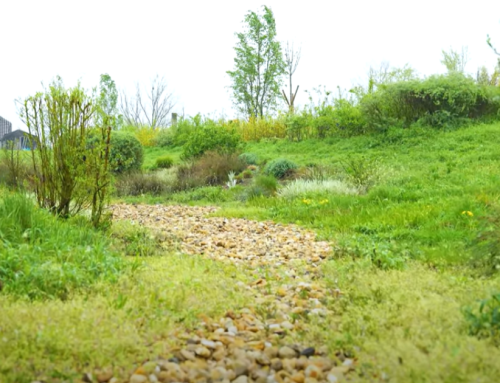
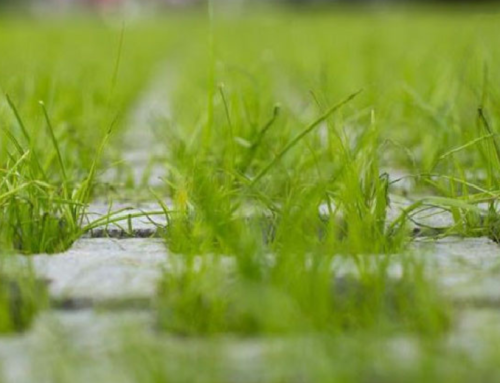
Hagyj üzenetet